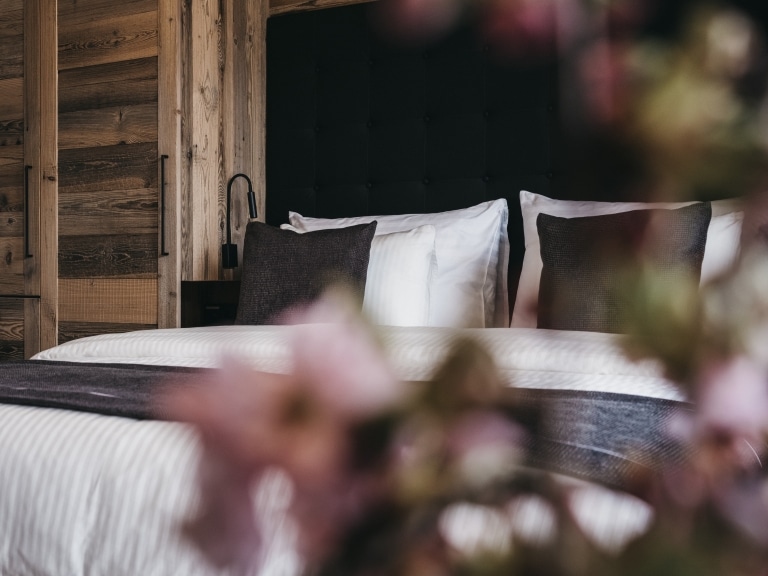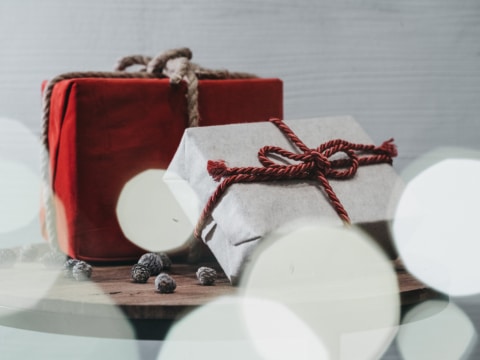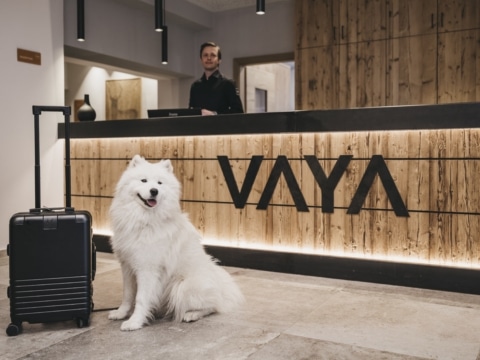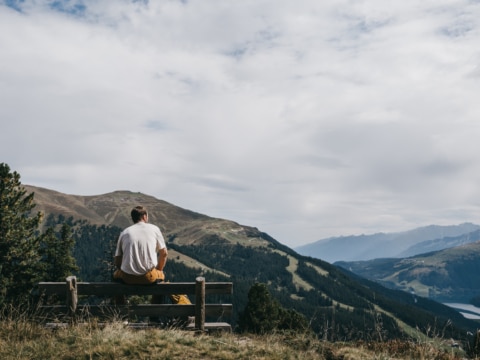VAYA
Easter in Austria
When spring finally arrives again, the long-awaited Easter will come with it. Long awaited because we in Austria simply like to celebrate. And Christmas is already a few months ago. Easter is just right for us. No matter whether you are religious or not: Easter in Austria is inseparably linked to some customs in many families.
Time for the family
Easter is traditionally a time spent with the family. Many use the Easter school holidays for a small spring break. During the first spring hikes together or a last ski holiday of the season, you will experience quality time together. Or you can stay at home and visit relatives. Either way: always part of the party are the colorful Easter eggs and Easter egg hunts. Usually, the Easter nests are filled with chocolate and small gifts. Searching for them is always great fun. But where do the brightly colored eggs actually come from? And what does the rabbit have to do with it all?

Decorating eggshells is much older than the Christian Easter. This has been proven by the discovery of decorated ostrich eggs from Southern Africa dated to be more than 60,000 years old. The Egyptians decorated eggs 5,000 years ago as burial gifts for the deceased. In Christianity, which originated about 2,000 years ago, eggs are a symbol of Jesus’ resurrection. Probably because new life arises from every egg.
In addition, believing Christians do not eat eggs during the 40-day Lent preceding Easter Sunday. Chickens don’t care. Nevertheless, they cheerfully continue to lay their eggs. These were preserved by cooking. Allegedly, the cooked ones used to be marked with color and then eaten at the Easter table. A fun Easter custom in Austria is the “Eierpecken”. You hit the egg of an opponent with a boiled egg. The egg that survives the beating (“pricking”) unscathed has won.

What does the Easter Bunny have to do with eggs?
There are also several theories about this. One of them says that in the 16th century, people gave each other eggs in honor of the goddess Ostara. Ostara was the Germanic goddess of fertility and life. The Catholic Church, however, forbade this. After all, they didn’t want people to worship gods other than theirs. However, you yourself know how hard it is to say goodbye to a habit. Allegedly, people continued the custom and hid the eggs.
Enter Easter Bunny: he had to serve as an explanation for how the eggs got into the nests. Classic scapegoat, then. In some areas, it used to be rooster, cuckoo, stork and fox that brought the Easter eggs. The rabbit was obvious because he was fast. And because, thanks to its reproduction cycle, it can also be regarded as a fertility symbol.

Old custom: ratcheting
In many areas, including Tyrol, the custom of “ratcheting” is still widespread at Easter. The ratchets – wooden instruments that generate noise – replace the church bells. The noisemakers are operated by children. They recite sayings and receive Easter eggs, sweets and change in return. Incidentally, this Easter custom has been part of UNESCO’s Intangible Cultural Heritage since 2015.
If you spend your Easter holiday in Austria, you should therefore prick up your ears. Do you hear the ratchet children moving through the village? Our VAYA Resorts are located in the most beautiful places in the Austrian Alps. So, you can be sure that in our environment the customs are still strong.

Easter in Austria is a culinary celebration
Easter without Easter dinner? Unthinkable in Austria. Each region has its own traditions. While in Vorarlberg people prefer to eat smoked meat (smoked meat) with horseradish and sauerkraut for the “Easter snack”, in Tyrol egg salad and sweet Easter lamb are served. This is a sponge dough cake in lamb form. In other parts of the country, people typically enjoy “pins”: small cakes made from brioche dough. Those who adhere to the religious guidelines eat something green on Maundy Thursday – the Thursday before Easter Sunday. Spinach and salads, for example.
But why? On the one hand, there is a superstitious background. Anyone who eats something green supposedly absorbs the power of spring. In addition, one also observes the religious fasting regulations that precede Easter Sunday. In truth, Maundy Thursday has nothing to do with the color green. It was probably named after the Middle High German word “greinen”. And that means nothing more than “crying”.
On Good Friday, Christians commemorate the alleged anniversary of Jesus’ death. It is a strict fast day for them. Meat is taboo. Many families eat fish on Good Friday. Or the “Stosuppe”: a mixture of milk and flour. That sounds very bad now. Depending on the recipe, onions and toasted bread are also used as ingredients, which makes the whole thing almost delicious. With a big family dinner on the following Sunday or Monday, Easter in Austria finally reaches its climax.


VAYA Resorts
Service at the highest level, excellent locations in the premier resorts throughout Austria. Typical VAYA design with the highest quality furnishing and the use of wood, glass and leather characterize the VAYA Resorts. With many different accommodation types and categories to choose from, there is something for everyone, stunning wellness areas and the lifestyle restaurant VAYA Bar & Grill all complement a wonderful stay.

VAYA Apartments
The equipment of our exclusive VAYA apartments leaves nothing to be desired. They are available in many different sizes and configurations. Thanks to the integrated kitchen with a dining area, allow you to spend your holidays how you like in your own time. A number of additional services are available on request such as a bread and pastry morning delivery service.

VAYA Unique
Exceptional service, highest quality in every area and unique design characterize VAYA Unique. Its unique location makes it just as special as its facilities. In addition to culinary delights, you will also experience wellness at its best at VAYA Unique. VAYA Unique is special – just like you.








